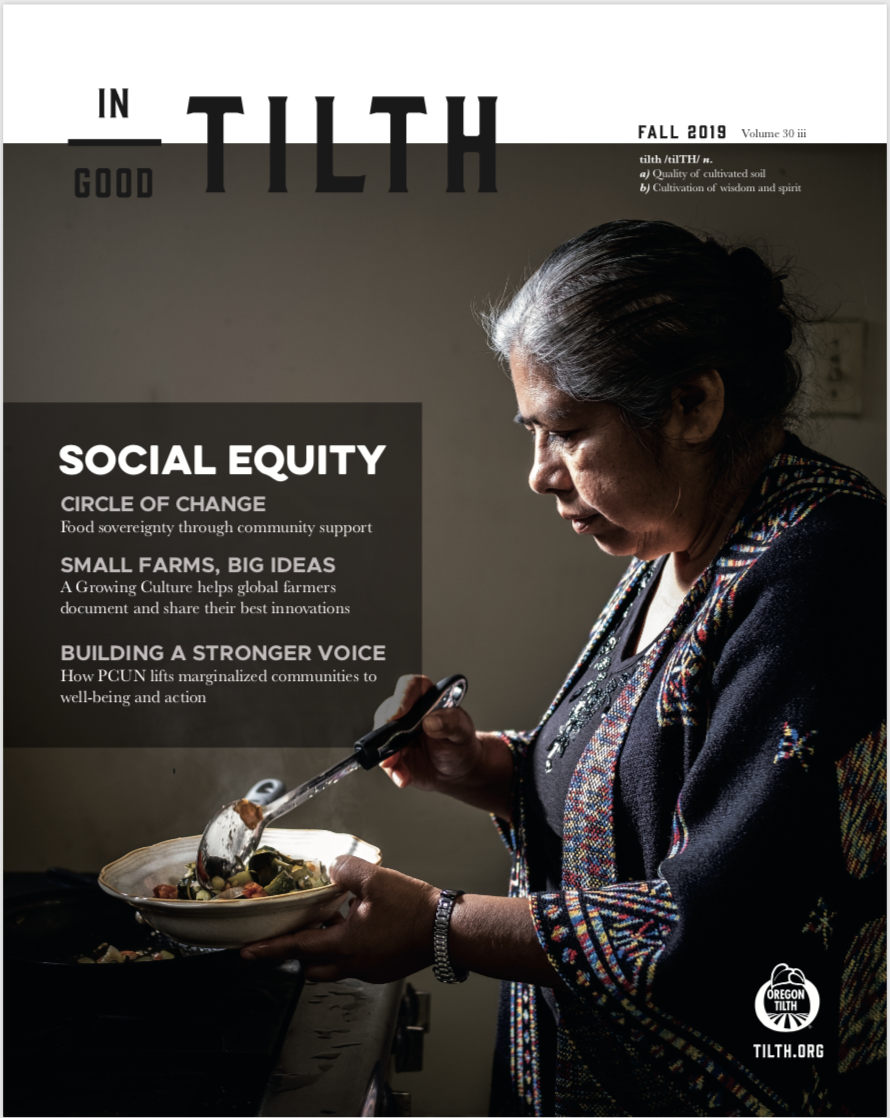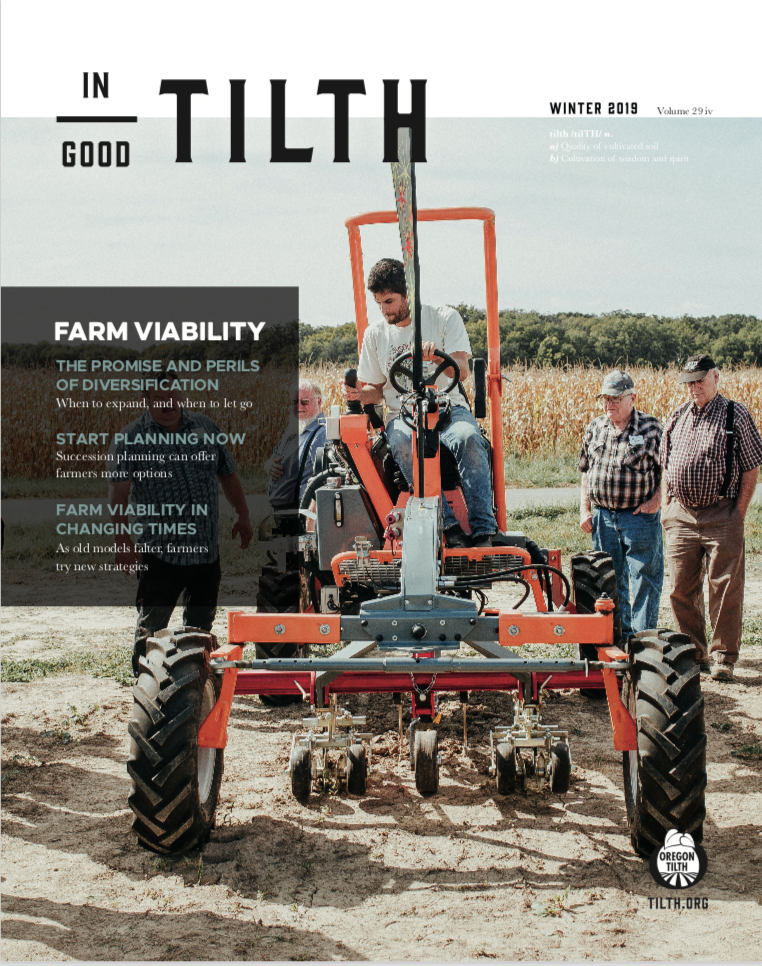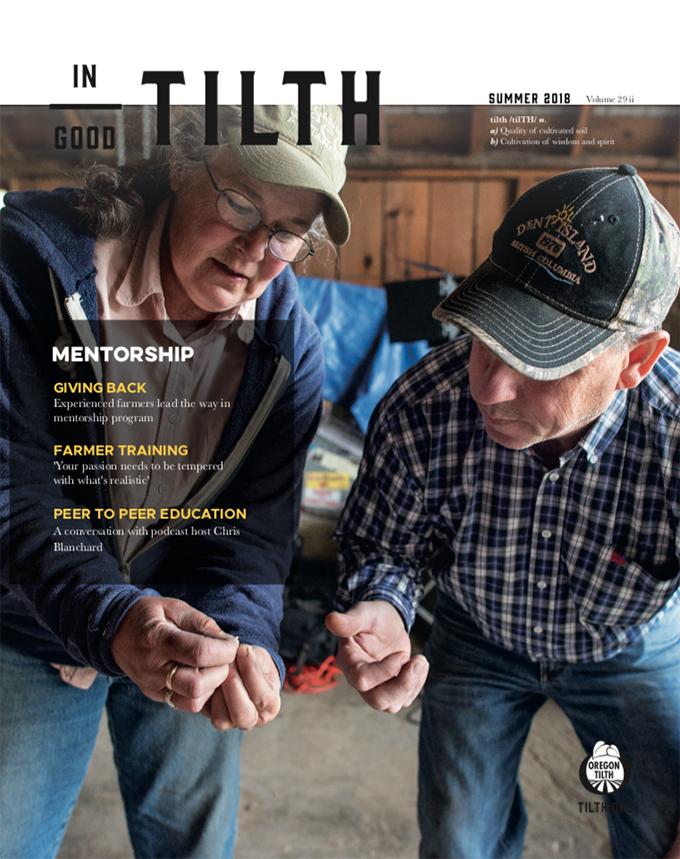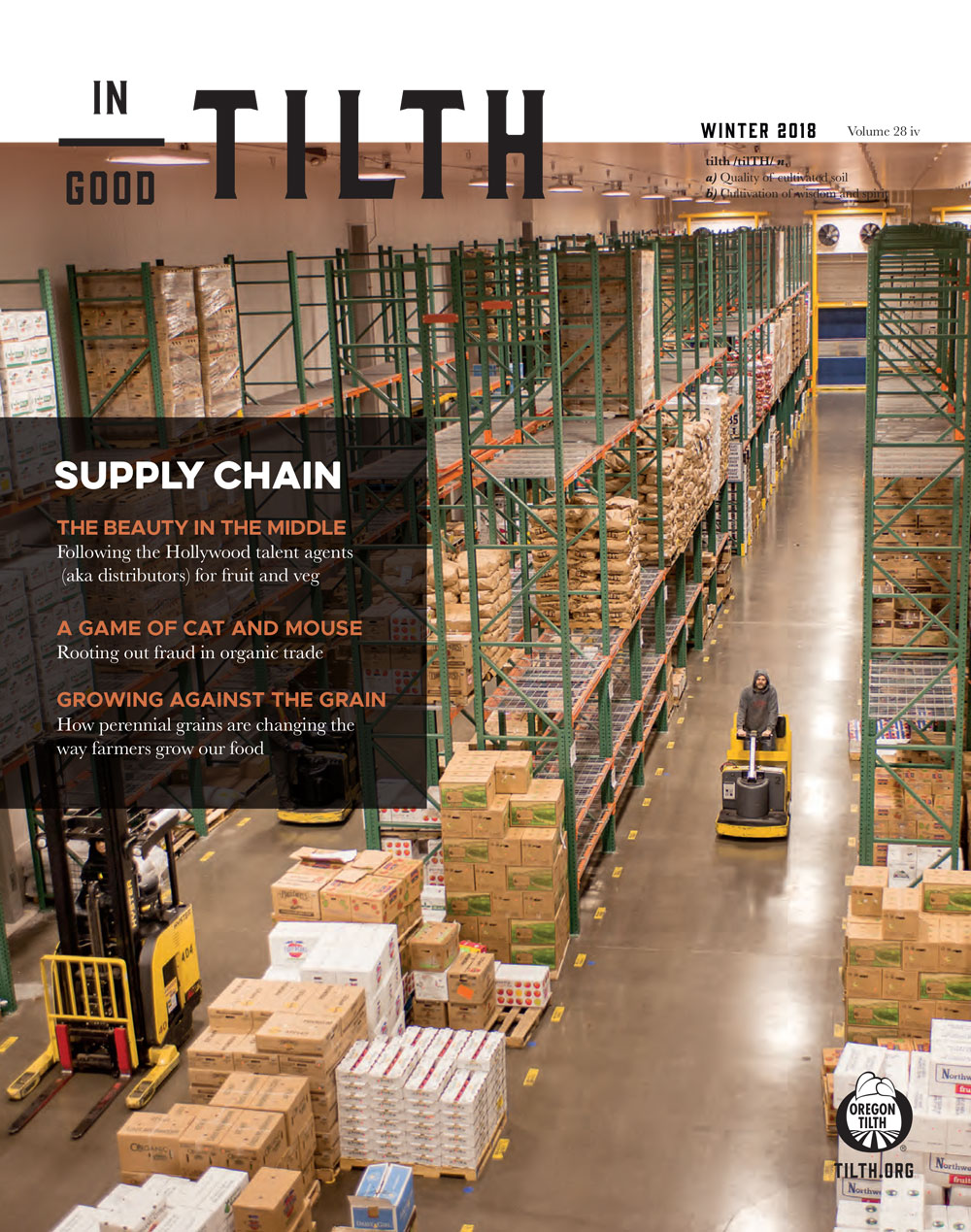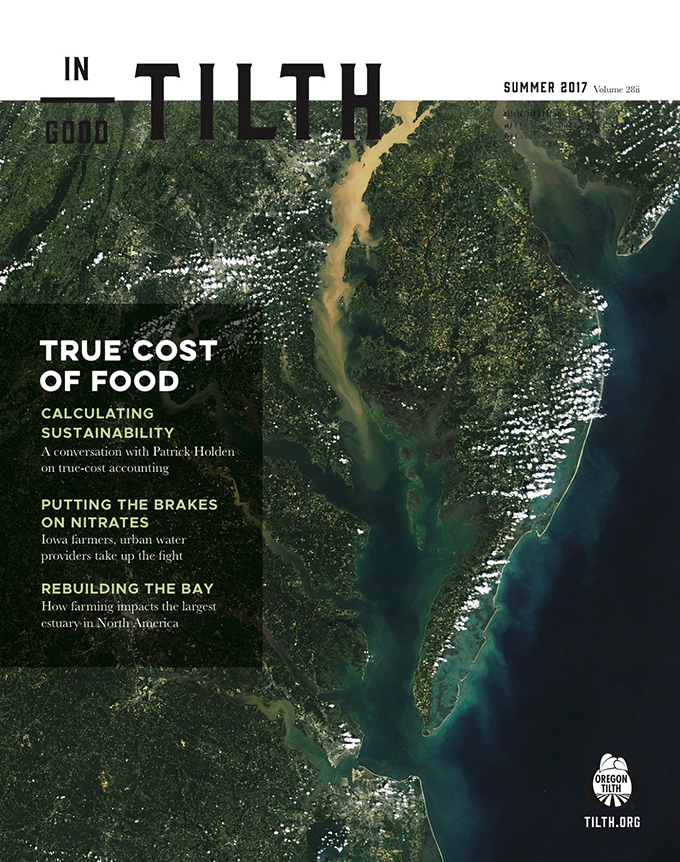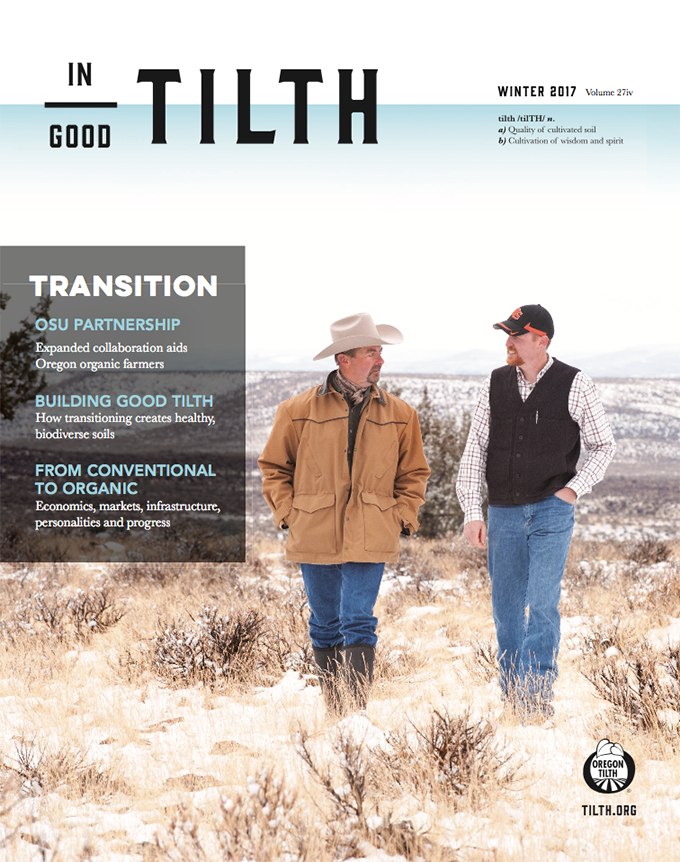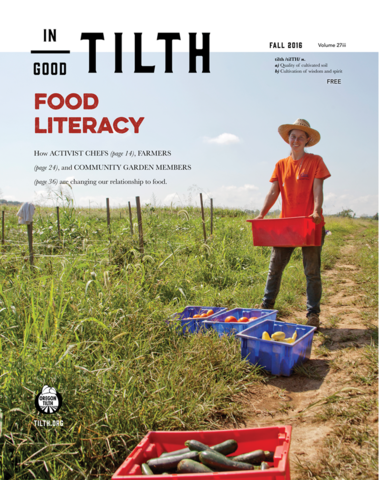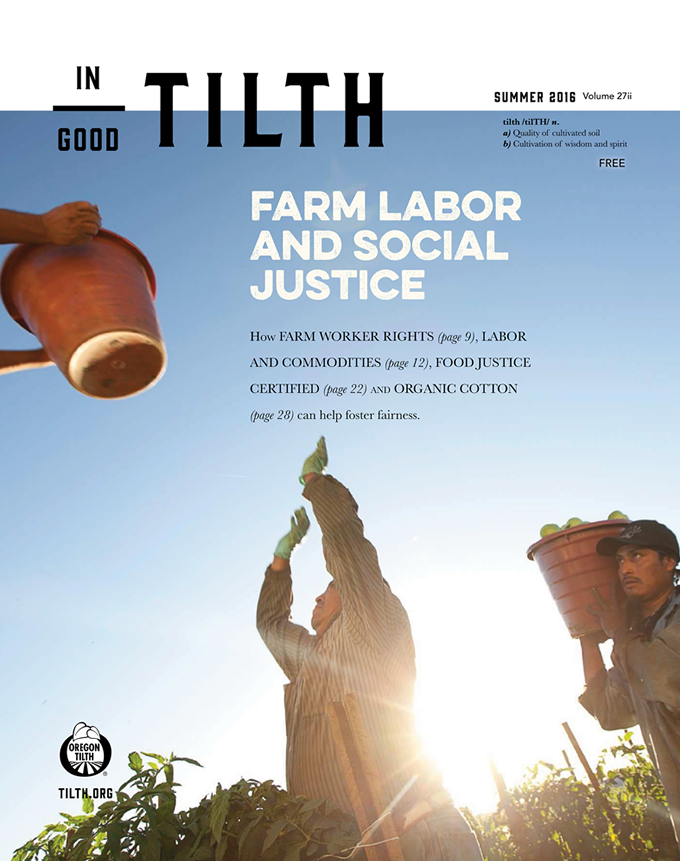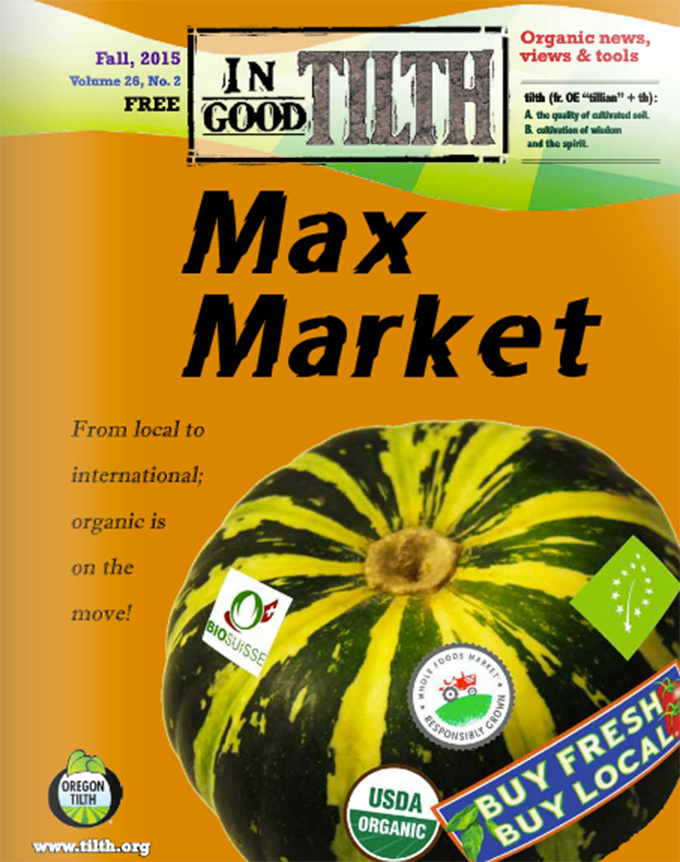If the minimum wage had kept up with inflation, the $1.60 of 1968 would be $10.96 today, so workers’ demands for raises are getting serious consideration. The fast-food workers Fight for $15 has pushed the New York Labor Board to back a plan to phase in this new minimum over the next six years.
To many organic farmers, $15 an hour looks good — as a wage for us farmers — though as employers it puts a lot of strain on our businesses. The question farmers need to ask is‚ “how do we turn this into an opportunity?”
If we want to make real progress toward a more resilient and sustainable food system, we have to do a much better job of linking justice for farm workers and justice for farmers. It is difficult to make the finances work on a family scale farm. The number of farms in the U.S. has shrunk by over four million during my lifetime. When we talk about food justice, we are not just talking about something we need to do for others — for exploited farm workers or undocumented dish washers. Farmers need food justice too.
Most organic farmers I know are painfully aware that the current cheap food system coupled with “free” trade makes it difficult to keep family scale farms afloat. Over the years since WWII, family scale farms have been going out of business at a steady and alarming pace until very recently. In 1943, the year I was born, there were close to seven million farms. There are only 2.2 million today. Prices of commodity crops, especially soybeans, corn and wheat, have been under pressure because of expansion of large-scale, export-oriented farming in countries such as Brazil, Argentina, Russia and Ukraine. Contracts, even those given by organic processors, are poor. Most small farms are not profitable, and many are in debt. Legal protections that would allow farmers to form associations to negotiate contracts with buyers are weak.
The sustainable-agriculture and local-foods movements have reversed the downward trend in farm numbers — the number of very small farms is actually growing. Nevertheless, close to 84 percent of existing farms are in debt. Prices do not cover farmers’ costs of production. Many of the farms that do not hire labor have a family member who works off the farm so that the farmer can have health insurance, send children to college and save for retirement, or the farmer works a regular job and spends evenings and weekends doing farm work. While there are some outstanding examples of farms without much hired labor that are doing well financially, most of the family scale farms I know are struggling to make ends meet, or they are run by people who have chosen to live “simply.” Often, farmers are so discouraged about the money aspects of their farms that they do not even try to calculate costs accurately. They farm for the love of it, and either eke out a living that would qualify as below the poverty line or make money doing something else to support their farming habit. Family scale farmers are fragile small businesses, a marginal population in the U.S. and all of North America.
We need to provide the resources the new generation of would-be farmers require so that they will be successful.
That means higher farm-gate prices and access to land and credit.
For the past half century at least, industrial scale agriculture has depended on a steady supply of immigrants from other countries. And nowadays some of the small farms that employ labor also depend on immigrants. Most of those who have come to work on the farms in the U.S. were people who had been driven from their own land by economic hardships and political upheavals. The free trade agreements, especially NAFTA, have increased the numbers of desperate farming people coming to the U.S. from Mexico and Central America. Most of them would not come here if they could make a living on their own farms back home.
Do we want to imitate the labor practices of mono-crop industrial agriculture? Is this what we want for the organic/agroecological farms of the future?
Smaller scale, highly diversified farms are more productive per acre and also offer higher quality, more diverse work. On a farm like mine, work is varied and interesting, you rarely spend eight hours in a row doing the same task. Organic methods like crop rotations, cover crops, soil building through compost, reduced tillage, biodiversity involve less exposure to toxics for farm workers, the soil, the environment and customers.
For our farming to be worth sustaining, farm work must become a dignified, respected career path, properly renumerated with a good benefits package. The farm becomes a center not only of production, but of training and cooperation with the community.
With our eye on the long term, we must shift from an agriculture that depends on the constant influx of desperate, low-paid workers to a domestic work force. We need to elevate farm work to the place of respect it deserves. Everyone working on our farms deserves living wages with decent benefits, health care, retirement and funds for professional development. When new immigrants arrive, they should not be regarded as a source of continuing cheap, unskilled labor, but, if they want to stay in the U.S., as additional recruits and reinforcements for our campaign for new farmers.
We need to provide the resources the new generation of would-be farmers require so that they will be successful. That means higher farm gate-prices and access to land and credit. There needs to be a diversity of farm-related jobs — not everyone wants to be a farm owner-manager. Farms operate better with a more cooperative structure, whether that is several members of a family, a formal legal cooperative or a group of farmers working together.
What we need is domestic fair trade where buyers pay farmers enough to allow them to use sustainable farming practices, to earn a living wage for themselves and their families, and to pay living wages for the people who work on their farms.
To fulfill the vision of feeding our population locally, we need many more farms and many more farm workers. This will require radical redistribution of land; either breaking up big holdings or creating land trusts by county or state, holding the land in common and leasing it to people who work it. And the public will need to change their diet to rely to a greater extent on what we can grow in our region — a new mixture of annuals and perennials.
If we at least take our stand with other food workers and begin demanding that farmers, farm workers and all food workers make living wages with full benefits from a 40-hour week, we may start moving towards an agriculture that will sustain us into a future worth living. Local organic agriculture should serve as a model value chain, changing relationships to bring alive the Principle of Fairness that is fundamental to organic agriculture all over the world. Let’s take the opportunity that public attention to raising the minimum wage presents to us and raise our voices for justice for farmers and farm workers together.





